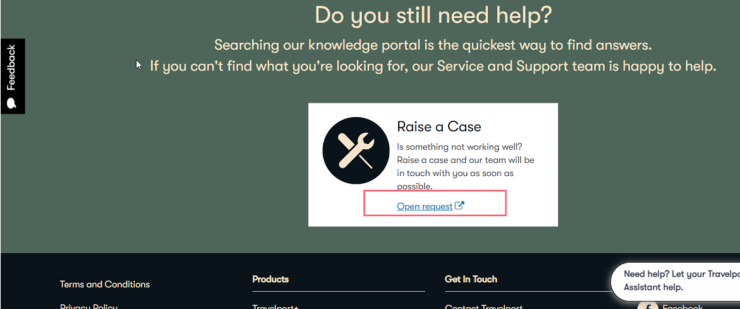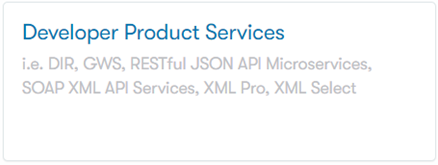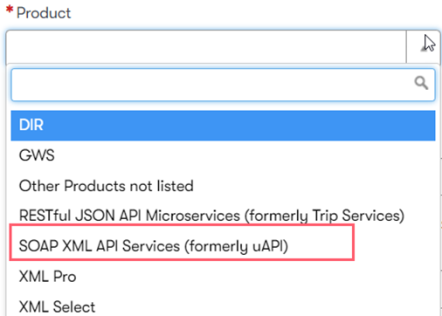Initiating your session
Prior to initiating your session, perform all shop and price requests normally. Then, when ready to start the booking process:
- Perform a Booking Start request to begin a session. A Session Key returns for use with all subsequent requests.
- Send the session key in the header for all subsequent requests, regardless of air/hotel.
Notes:
- Do not use session for Shop requests.
- Session Time out is currently 15 minutes of inactivity. This is subject to change.
- Care must be taken to properly end sessions.
Session Key Usage
Keep in mind the following when using session keys:
- It is up to the point-of-sale to protect the system from “simultaneous” entries against the system. Except where noted, sessioned transactions cannot be run concurrently.
- The best practice is to solicit a session key “on demand” just before it is needed. Please do not solicit tokens at start-up or before they are needed.
- Ensure you destroy your session tokens after your workflow is complete.
For additional notes on token usage, see the FAQ.
Session Endpoints
See the Endpoint Services topic for the correct shared booking connection. For example, https://emea.universal-api.travelport.com/B2BGateway/connect/uAPI/SharedBookingService
Related topics
|
Download of the latest WSDL and schema versions, and a downloadable list of schema differences. |
|
| Sessioned Air Booking |
Follow this workflow for your air session. |
|
The Booking Start transaction begins your session, based on your provider. This is the first step required before conducting any further session transactions. |
|
|
Provides common questions and answers when working with sessions. |
|
| Samples |
Provides samples for working with various transactions in a sessioned state. |


